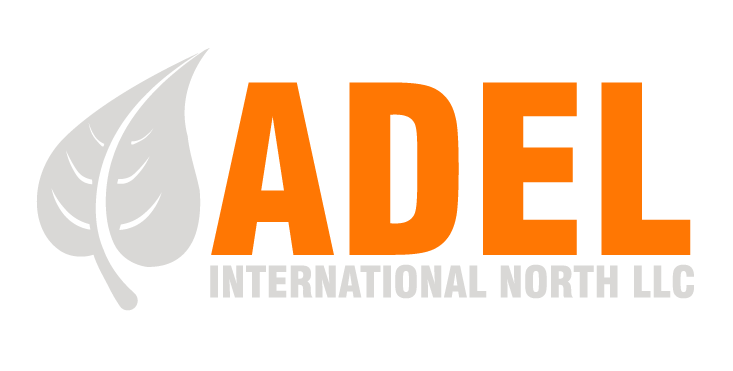Page is currently undergoing maintenance
This page will be available soon. Thank you for your patience! Please contact sales@adelinternationalllc.com if you have any questions or concerns.

This page will be available soon. Thank you for your patience! Please contact sales@adelinternationalllc.com if you have any questions or concerns.
